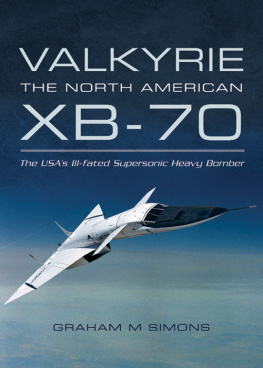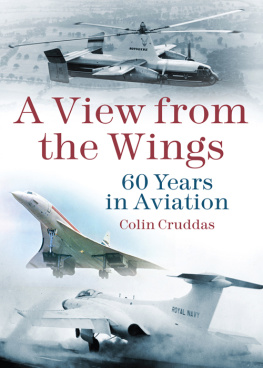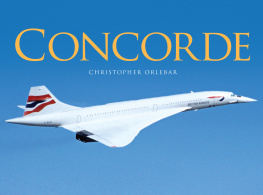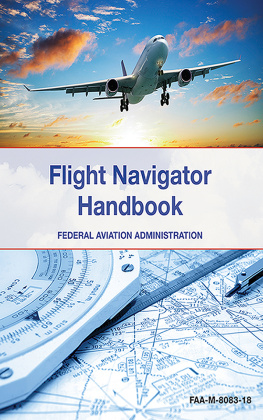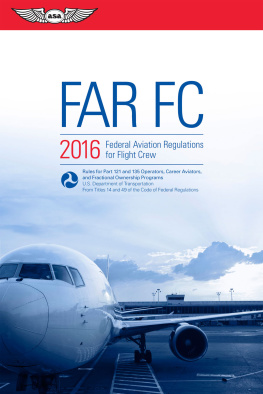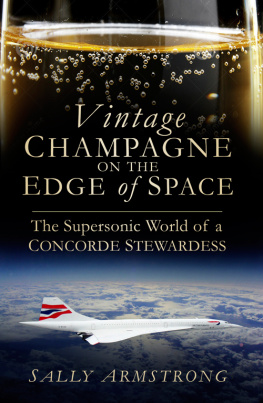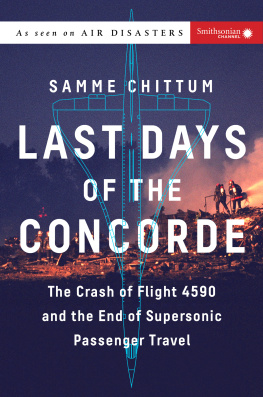Contents
A project of this nature could not be undertaken without considerable help from many organisations and individuals. Special thanks must go to Marilyn Phipps of Boeing Archives, Col Richard L. Upstromm and Tom Brewer from the USAF Museum, now the National Museum of the USAF, for the provision of many photographs and details. The archives of the National Advisory Committee for Aeronautics provided access to all their relevant material, as did Lynn Gamma and all in the US Air Force Historical Research Center at Maxwell Air Force Base, Montgomery, Alabama. Much other primary source documentation is also located in the National Archives and Records Administration at College Park, Maryland, the history files of the Central Intelligence Agency and the Presidential Libraries of John F. Kennedy and Lyndon B. Johnson. Thanks must also go to Darryl Cott of British Aerospace, David Lee, the former Deputy Director and Curator of Aircraft at the Imperial War Museum at Duxford, John Hamlin and Vince Hemmings, the former curator of the East Anglian Aviation Societys Tower Museum at Bassingbourn.
The author is indebted to many people and organisations for providing photographs for this book, many of which are in the public domain. In some cases it has not been possible to identify the original photographer so credits are given in the appropriate places to the immediate supplier. If any of the pictures have not been correctly credited, the author apologises.
The story of Concorde and the Americans is one of spies, lies, arrogance, dirty tricks and presidential hatred. It is one of deceit, treachery, mistrust and confusion.
The Americans were initially dismissive of Anglo-French efforts then arrogant to the point that they thought that not only could they do better, but that they were the only ones capable of completing the project. President Kennedy said, Make it happen make it bigger, make it faster. He might well have added, Make it to beat my presidential rival in France.
The Americans always referred to the aircraft as the Concorde the Europeans called it simply Concorde, although there were initially spelling differences with or without the e.
It is often said that knowledge is power, so the Americans set out to gain knowledge on their competitors by fair means or foul. They had been comprehensively beaten to the title of being the builders of the worlds first jet airliner by the British de Havilland Comet an aircraft that then went on to beat them to the title of the worlds first jet airliner to enter airline service, and the worlds first passenger jet to fly on the prestigious transatlantic service. Even the Soviets managed to get their Tu-104 into regular airline service two years before the Boeing 707. Militarily they had also been comprehensively beaten into space, with the first satellite, the first animal and the first man and woman placed into orbit.
For a nation that regarded itself as the worlds only superpower and to be technologically more advanced than any other nation, the Americans were determined that they would not be beaten to the next milestone: the builders of the worlds first supersonic airliner. The Central Intelligence Agency, the Federal Aviation Authority and other government agencies all came in to play under Presidential Order to spy on the French, the Soviets and the British in order to gain an edge.
Jingoism, blind patriotism and national pride also played their part; but this eventually degenerated into political infighting amongst vested-interest groups. With the assassination of President Kennedy, Lyndon Johnson took over and, as with his predecessor, was very much in favour of an American supersonic transport aircraft (SST) project. Under Presidential Order, he established a Presidents Advisory Committee on Supersonic Transport (PAC-SST) under the chairmanship of Robert Strange McNamara, the US Secretary of Defense.
By definition, the chairman of any committee is selected to preside over meetings and lead a committee to consensus from the disparate points of view of its members. The chairman is expected to be impartial, fair, a good listener and a good communicator. Nothing could be further from the truth with Robert McNamara. He set out to cold-bloodedly sabotage the project right from the start. In his own words:
Right at the beginning I thought the project was not justified, because you couldnt fly a large enough payload over a long enough nonstop distance at a low enough cost to make it pay. Im not an aeronautical engineer or a technical expert or an airline specialist or an aircraft manufacturer but I knew that I could make the calculation on the back of an envelope.
So I approached the SST with that bias. President Johnson was in favor of it. As chairman of the committee I was very skeptical from the beginning. The question, in a sense, was how to kill it. I conceived an approach that said: maybe youre right, maybe there is a commercial market, maybe what we should do is to take it with government funds up to the point where the manufacturers and the airlines can determine the economic viability of the aircraft. Well draw up a program on that basis.
So the project studies continued, but the steady drip, drip, drip of McNamaras negative attitudes and biased reporting slowly defeated any hopes of an American SST, just as he had killed off the North American B-70 Mach 3 bomber project for the United States Air Force (USAF) and through manipulation of funding with the World Bank also ensured the death of the UK TSR-2 strike aircraft in favour of the US General Dynamics F-111 Aardvark.
McNamara had a track record for political intrigue and manipulation. He may have come to the post of Secretary of Defense from the Ford Motor Corporation, but he moved in the murky world of Cold War spies, so-called Black projects and those who worked on them. This was a highly secret and insular world that had links between the politicians on Capitol Hill, the defence industry and the rarefied atmosphere of research faculties of the Ivy League universities. From this world came the strange saga of Professor William A. Shurcliffs Citizens League Against the Sonic Boom, which suddenly surfaced just at the time Robert McNamara left public office and went to head the World Bank. Shurcliff, who had worked on the fringes of the atom bomb project, was employed by Polaroid Corporation under Edwin Land of Land Camera fame, who also secretly worked for the Defense Department and the CIA on the cameras for the U-2 and SR-71 spyplanes. Shurcliff was well known in this world and was thus in a good position to express publicly the negative views on the SST held by McNamara. It is doubtful if we will ever know the depth and scope of these links, for apart from much still remaining secret, when Land died on 1 March 1991 at the age of 81, his personal assistant shredded his personal papers and notes.
Shurcliffs Citizens League Against the Sonic Boom was without doubt instrumental in killing off the Boeing 2707, so that hurt American pride and the arrogance of their national ego easily created a mindset of if we cannot do it, neither will you. This collective mindset then set about destroying the Anglo-French Concorde by attempting to block the aircrafts certification to operate into and over the USA and prevent its access to American airports by legal challenges and bans.
This then is that story a story told using primary source documentation. It is one that has echoes back to the de Havilland Comet and Boeing 707, and resonates forward to today with the recent political battle between Boeing and the European Aeronautic Defence and Space Company over the KC-X replacement for the ageing Eisenhower-generation fleet of KC-135 tankers that were so badly needed for the USAF. This was a battle that was won by Boeing by using partisan political support such as that which came from Senator Patty Murray, who is just the latest in a long line of politicians from Capitol Hill who were prepared to manipulate the facts in favour of the company rather than concentrate on what was really going on.



